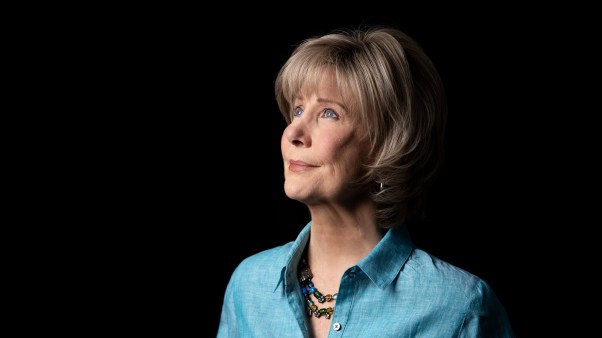For nearly 30 years, Tom Sine has kept an eye on “the lively edge” of ministry in the ever-changing culture. In his latest book, The New Conspirators: Creating the Future One Mustard Seed at a Time (IVP, 2008), Sine identifies “mustard seed” movements of faith that build God’s kingdom.
What are the greatest challenges you see facing the church now?
The Western church is losing twenty- and thirty-somethings at an unprecedented rate, even while there’s a growing spiritual hunger among those groups. This is going to lead to a financial crisis for the church and mission as baby boomers start retiring.
Because they are strapped with much higher school and housing costs, the few young people left in the church won’t have the discretionary income that their parents or grandparents had to sustain the church. At the same time, the average American is working roughly 10 hours more a week than he was 15 to 20 years ago. That means these young people will have less time for family, church, prayer, Scripture reading, witness, and service.
Additionally, in this serious economic downturn we’re experiencing, people on the local level are struggling with service level jobs that simply do not sustain life or provide benefits such as health insurance. The global poor are also being left behind.
In other words, the church is facing greater need at a time when funds are running out.
How are young Christians addressing these challenges?
I’ve observed four small, but vital, movements energizing the Western church. The first, which sprang up in the late 1980s, is the “emerging” stream. They were committed to engaging a population, like the arts community in Liverpool, England, that would never come to either the charismatic or the traditional church. Next, the “missional” stream began in the academy as an effort to remind the church of its identity as a sent church. The third one is “mosaic,” made up of younger people planting multicultural churches. The fourth steam is the “monastics,” essentially urban Franciscans working with the poor and living in community.
These young people are challenging all of us to reexamine our assumptions about what it means to be disciples, be churches, and do mission. Because their ministries are innovative and organic, they require very little overhead. Nevertheless, these young people tend to be more generous than older generations, refusing to think of stewardship in terms of a 10 percent tithe. They’re calling us to authentic, whole-life discipleship and stewardship, and to put mission much more in the center of church life.
What can churches learn from these young “mustard seed” movements?
Imagination and entrepreneurship. Our churches—small town, rural, urban, and suburban—are often failing in the ways we relate to young people. We assume that someone has to get middle-aged before they have anything to offer. If we want to keep young people around the church, and stop the hemorrhaging of twenty- and thirty-year-olds, then we need to give them a sense of ownership.
One way to do that is to invite their leadership and imagination.
What are a couple practical steps to move in this direction?
I encourage every church to do two things.
First, start one ministry in your own community. Make sure it’s not just a “word” mission, but a “word and deed” mission, such as job training or literacy classes.
Second, set a goal to increase the amount of money that leaves the church building every year, whether it’s 1 percent or 5 percent.
If we will slow down enough to learn from the young people that are really making a difference, I’m confident the Spirit of the living God can blow through all of our churches and use our mustard seeds to unleash something we’ve never imagined before.
Copyright © 2008 by the author or Christianity Today/Leadership Journal.Click here for reprint information on Leadership Journal.









